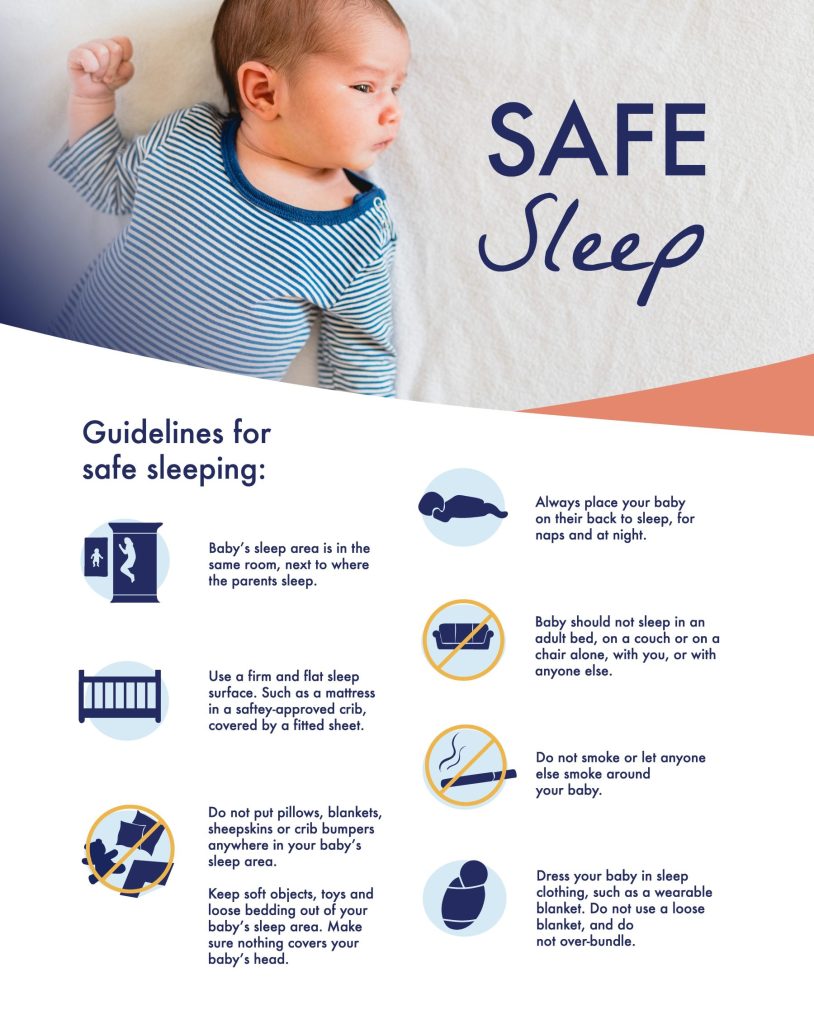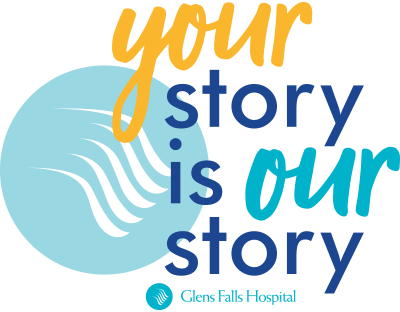After Birth Care for Infants & Mothers
After birth care consists of many things that a parent will come across, like breastfeeding, crib safety, and safe sleep techniques.
Breastfeeding
Providing good nutrition for your newborn is crucial. The best source of that nutrition is a mother’s breast milk. Breastfeeding is one of the best ways to provide nutrition to your baby. Breast milk contains just the right amount of fat, sugar, water and protein for human digestion, brain development and growth, according to the National Women’s Health Information Center (NWHIC). The Joyce Stock Snuggery is proud to offer specialized breastfeeding education from two International Board Certified Lactation Consultants. We are committed to a vision where all children are provided the opportunity for the healthiest beginning possible. We provide expert breastfeeding and lactation care and education prior to delivery, during the delivery stay and after discharge when special needs arise.
Safe Sleep for Baby
Keep your baby safe every time sleep begins. Click here to learn more about the ABC’s of safe sleep.
For additional information on safe sleep, click here to visit NIH Resources for Caregivers and Families.
Or you can check out this interactive National Institutes of Health page on safe sleeping techniques.
Crib Safety
Crib safety is extremely important when placing a child in a crib. AAFP says the space between crib bars should never exceed 2-3/8 inches. That’s because a wide space could let a baby slip through and possibly get trapped. Mattresses should fit directly against the sides of the crib. Mattresses should be protected with pads, never plastic. The Consumer Product Safety Commission recommends the following crib safety tips to ensure that babies under 24 months sleep safely:
- Don’t place a baby to sleep in an adult bed. The baby could become entrapped between the bed & wall, or in headboards, footboards or bed frames. Babies could also fall or suffocate in soft bedding.
- Place babies to sleep in a crib that meets current safety standards and has a firm, tight-fitting mattress. If you use a portable crib or playpen, make sure it meets current safety standards. Use only the mattress or pad provided by the manufacturer.
- Babies should be placed to sleep on their backs, not their stomachs. According to the Back to Sleep Campaign, babies sleeping on their stomachs seem to be more likely to succumb to SIDS (Sudden Infant Death Syndrome).
- Don’t place a baby to sleep on soft bedding. The baby could suffocate. Do not use soft bedding such as pillows and thick quilts and comforters for infants under 12 months old.
- Be sure the crib is far enough away from any windows so that an infant cannot reach curtain or drapery cords. Babies have died of strangulation and suffocation after a cord became wrapped around their necks.
A healthcare professional can provide more information on crib safety, and on ways parents and other family members can get their baby off to a happy – and healthy – start.


 "The nurses were all very attentive and took care of any needs that we had. I felt comfortable knowing my daughter was being cared for and watched by such kind professionals."
"The nurses were all very attentive and took care of any needs that we had. I felt comfortable knowing my daughter was being cared for and watched by such kind professionals."